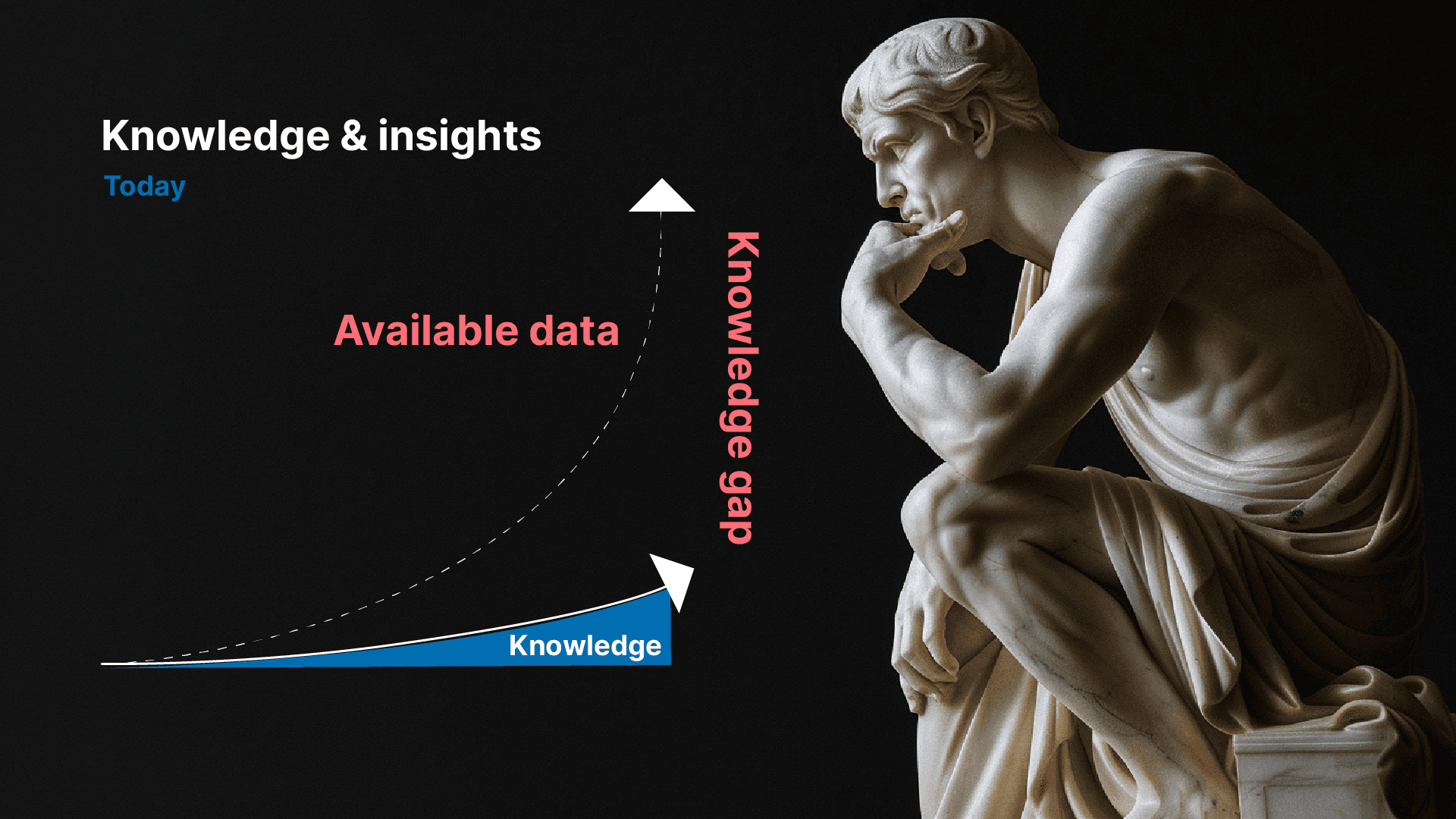Product Information Management (PIM) has emerged as a crucial component in the modern business landscape, but why has it gained such significance, and how can it revolutionize your organization? Even if your operations have been running smoothly, the shift towards digitalization might seem daunting and resource-intensive. This article aims to demystify PIM, tracing its evolution, and highlighting its pivotal role in contemporary business practices.
What is PIM?
PIM, or Product Information Management, is a system that helps businesses manage their product data more effectively. It’s a combination of processes and technologies that centralize, organize, and streamline all your product information. This is particularly useful in today’s digital world, where businesses deal with various types of data and sell across multiple channels. PIM creates a single source of truth for your product data, making it easier to keep everything accurate and consistent. This not only makes internal operations more efficient but also improves how your products are presented and sold across different platforms.
The genesis of PIM
Initially, businesses managed product information in a straightforward manner due to the simplicity of early applications and the limited scope of digital commerce. However, as the digital marketplace burgeoned, the complexity of managing product data escalated exponentially. Traditional methods became cumbersome, leading to disorganized and inefficient data management processes.
The era of disjointed data management
Previously, the approach to managing product information was unsystematic and fragmented. Information was scattered across various platforms and departments, making it difficult to maintain accuracy and consistency. This method, akin to the monolithic architecture in software development, resulted in inefficiencies and a lack of agility in responding to market demands.
Transitioning to Web-Based Operations
With the advent of web-based commerce, the limitations of traditional data management became increasingly apparent. Businesses needed a scalable solution to manage product information that could adapt to the dynamic nature of online commerce and customer expectations. The challenges of scalability, data consistency, and operational efficiency necessitated a new approach.
The Advent of PIM
PIM emerged as the solution to these challenges, mirroring the shift from monolithic to microservices architecture in software development. By breaking down the monolith of product information into manageable, discrete components, PIM enabled businesses to streamline their operations, enhance data accuracy, and improve flexibility.
Understanding PIM Architecture
PIM architecture advocates for a modular approach, where product information is managed through a network of interconnected services. Each segment of product data is handled independently yet cohesively, ensuring that changes can be made swiftly and efficiently without disrupting the entire system.
Organizational Synergy through PIM
At its core, PIM is as much about fostering organizational cohesion as it is about managing data. It encourages cross-functional collaboration, with teams working together towards enhancing user experience and customer satisfaction. This holistic approach ensures that all aspects of product information are aligned with business goals.
The Tangible Benefits of PIM
PIM stands out by offering modular flexibility, which minimizes dependencies and streamlines communication. It supports asynchronous communication and employs API gateways for external integrations, akin to microservices’ benefits. This architecture not only facilitates easier maintenance and scalability but also enhances the reusability and cost-effectiveness of data management efforts.
Integrating PIM with ERP and CRM: Key Points
Getting PIM to work well with ERP and CRM systems is crucial for a smooth flow of information across your business. This process requires careful planning, checking if your systems can work together technically, and introducing changes step by step. By making sure all your data matches up and your systems can communicate effectively, you can get a complete overview of how your business is running, improve how customers interact with you, and make your operations more efficient.
Conclusion
For businesses, especially larger ones or those in manufacturing, PIM is more than just a way to handle product info. It’s a key part of transforming your business for the digital world. PIM improves the quality of your data, makes your business run smoother, and helps connect important business systems together. In today’s competitive market, having a PIM system can really help your business stand out and succeed, showing just how important it is in the digital era.
FAQs about PIM
How does PIM differ from traditional data management systems? PIM focuses specifically on managing product-related information and is designed to handle the complexities of multi-channel distribution, unlike traditional data management systems.
Can small businesses benefit from PIM? Absolutely. Small businesses can leverage PIM to manage their product data more efficiently, improving accuracy and saving time, which is crucial for growth and competitiveness.
What are the challenges in implementing PIM? Key challenges include data migration, system integration, and user adoption. However, with a strategic approach, these can be effectively managed.
How does PIM integrate with other business systems? PIM systems are designed to integrate seamlessly with other business software like CRM, ERP, and e-commerce platforms, ensuring consistent data across all systems.
What should businesses consider when choosing a PIM solution? Businesses should consider factors like data complexity, integration capabilities, scalability, user-friendliness, and cost when selecting a PIM solution.
How does PIM impact e-commerce and customer experience? PIM enhances e-commerce by providing accurate and comprehensive product information, leading to informed purchase decisions and improved customer satisfaction.
Want to learn more? Feel free to contact us!






